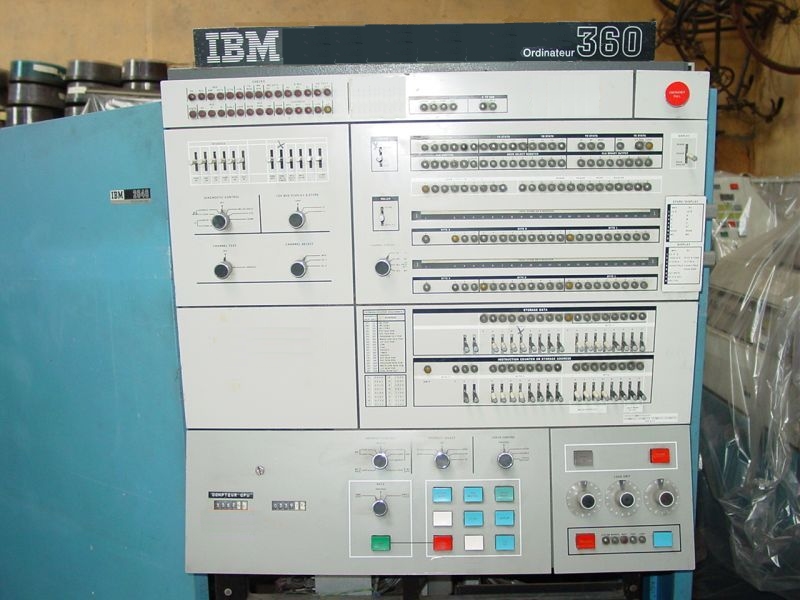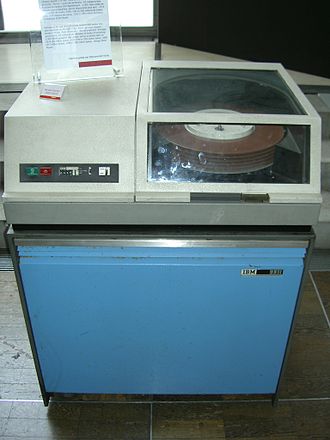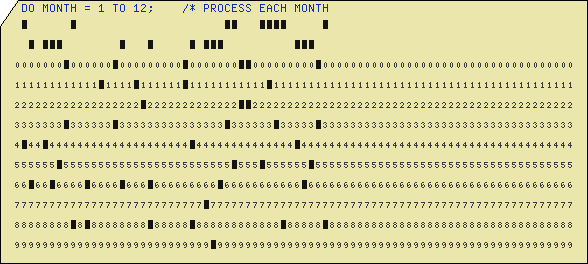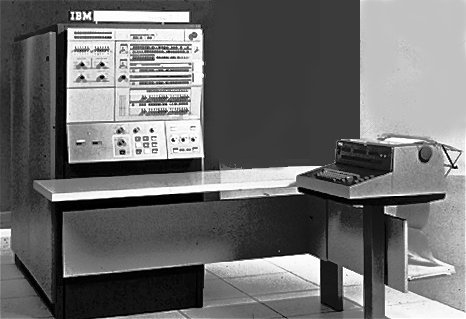From here:
The IBM mainframe is celebrating its 50th anniversary.
The first System 360 mainframe was unveiled on 7 April 1964 and its arrival marked a break with all general purpose computers that came before.
The machines made it possible to upgrade the processors but still keep using the same code and peripherals from earlier models.
I started working on a 360 model 40 two years after its introduction in 1966; I probably would have retired by now if someone hadn’t sued me but, alas, I toil on. What is extraordinary is that the z series mainframes that I now work on have essentially the same instruction set – admittedly with embellishments – as the antique 360. Writing a mainframe assembler program today isn’t too different from when I started in 1966.
The illustration above is a 360 model 40. The one I programmed had, as I recall, 8k of core memory (the early version of RAM: little magnetic rings threaded on wires). The operating system was 8k BOS, a non-multitasking OS which was not even able to spool print output. It was not much later that we upgraded to a luxuriant 16k of core and DOS which could not only spool print but had foreground and background jobs: a very primitive form of multi-tasking.
Here is a front panel of a 360/40. The big red knob disconnected power from everything; we never touched that. The lights showed actual bit values in core and the switches allowed us to dynamically change bits if things were not running as they should.
 The 2311disk drives we used held 7.25 megabytes; they were big boxes that shook when in use and, when broken, would occasionally leak hydraulic oil onto the floor. I miss those days.
The 2311disk drives we used held 7.25 megabytes; they were big boxes that shook when in use and, when broken, would occasionally leak hydraulic oil onto the floor. I miss those days.

Then there were the punched cards whose inconvenience was only slightly mitigated by the pool of girls operating the card punches.



